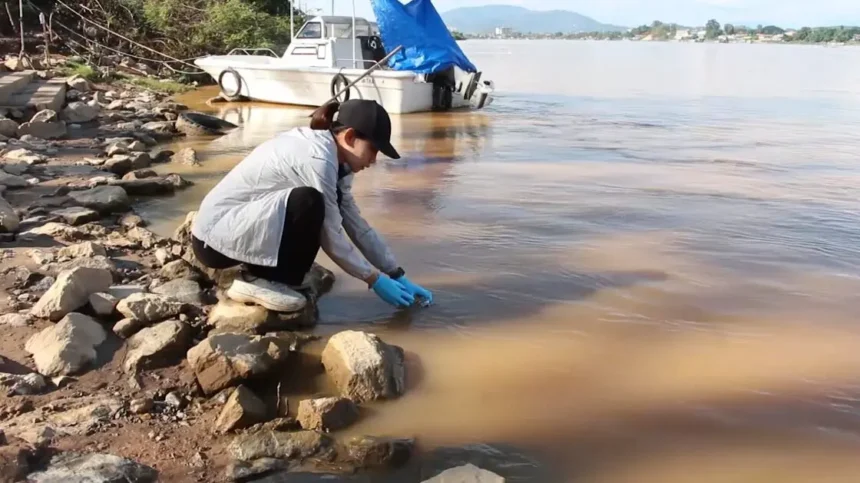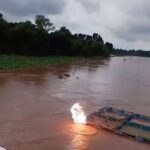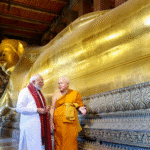CHIANG RAI – Authorities in Chiang Rai province, northern Thailand, are urgently investigating elevated levels of arsenic and other heavy metals detected in the Mae Kok, Sai, Ruak, and Mekong rivers.
This toxin, along with mercury, zinc, and other harmful metals, has been traced to gold mining operations upstream run by Chinese interests with support from the United Wa State Army (UWSA).
These pollutants have spread through the Kok and its main tributary, the Kham River, both of which feed into the Mekong. The result has been harm to public health, damage to local economies, and growing anxiety among fishers and farmers.
The Living River Siam Association, a group focused on protecting local rivers, has warned that this pollution threatens not just the environment but also the lives and well-being of millions across the Mekong Basin.
Somkiat Khuanchiangsa, who leads the group, spoke at a recent Chiang Rai meeting, explaining, “The rivers are dying, and with them, people’s way of life. We’re finding contaminated fish, and now no one feels safe eating from these waters.”
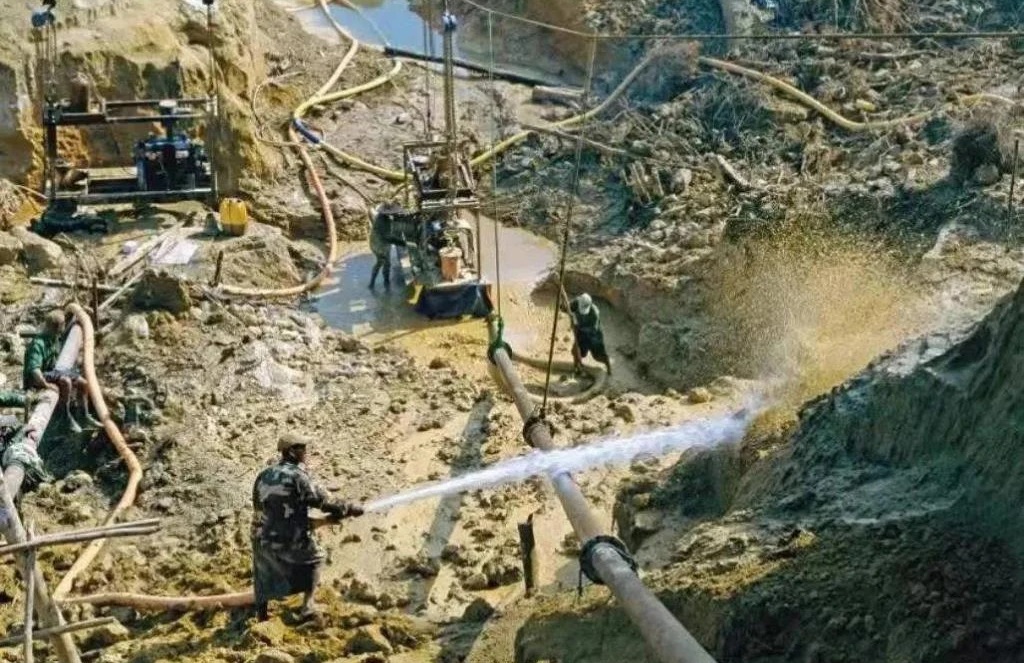
Contamination Originates in Shan State
The Kok and Kham rivers begin in Mong Hsat, a remote part of Myanmar’s Shan State near the Thai border. Once covered in thick forest and home to the Shan people, the area has seen huge changes over recent decades.
The UWSA, with backing from Myanmar’s military and Chinese investors, pushed out residents and invited Chinese companies to open large gold mines near these rivers. Mining activity picked up further in 2021, with five or six new mines opening in the Wa-controlled area since 2024.
Unlike regulated mines, these operations follow few environmental rules. Workers use water to wash gold from the soil, which releases arsenic, a natural part of gold ore, into the rivers. Wastewater from these mines is dumped straight into the Kok and Sai rivers, turning the water cloudy and dangerous. Thai environmentalist Paskorn Jumlongrach recalled, “Last year, the Sai River turned milky white. If testing had started sooner, we might have caught the problem earlier.”
Recent testing highlights just how bad things have become. In March 2025, Thailand’s Environmental and Pollution Control Office found arsenic in the Kok River at 0.026 mg/L in Chiang Mai’s Mae Ai district—over twice the World Health Organisation’s safe level of 0.01 mg/L. Mercury reached 0.076 mg/L, above the 0.05 mg/L safety limit.
The Sai River also showed high arsenic and zinc, with zinc levels 18 times what’s considered safe. Sediment samples at the Thai-Myanmar border revealed arsenic readings of 33 mg/kg, a level that threatens fish and other river life.
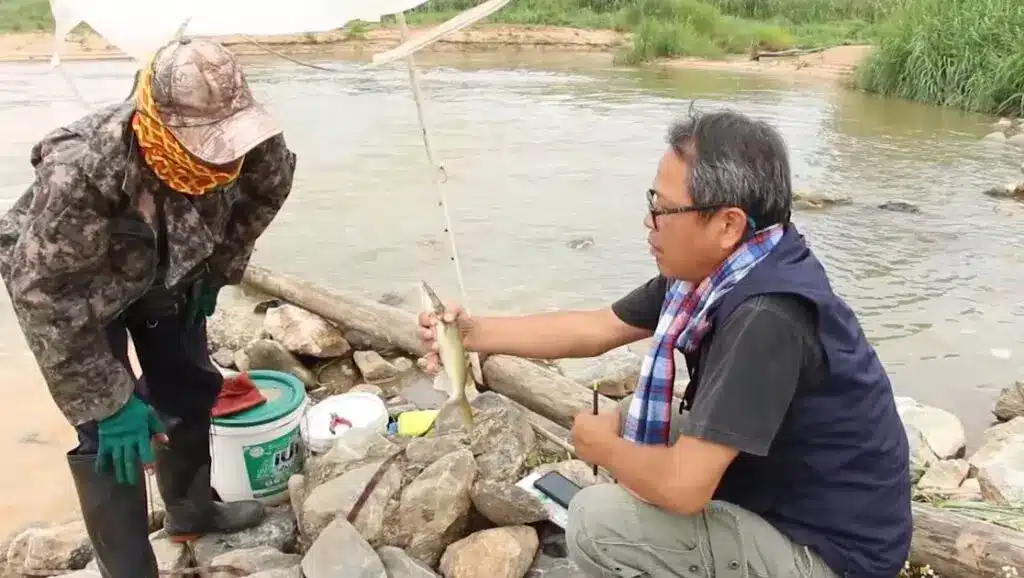
Fish Tainted, Markets Collapse
The pollution has deeply affected fishing communities along the Kok and Kham rivers, which have long supported local families. Reports surfaced of tainted fish, including Asian redtail catfish found near the river mouths.
The Living River Siam Association, working with local agencies and universities, has been keeping track of river life. While initial checks suggested most green catfish were still healthy, finding polluted giant catfish set off alarm bells. Somkiat Khuanchiangsa stressed ongoing testing, noting the risk that heavy metals could build up in the food chain.
Local fish markets have suffered. “No one wants Kok River fish anymore,” said Jamrat Kampangkham of the Kok River Boat Operators’ Club. “Buyers hear about arsenic and leave.” Fishers in Chiang Saen, where the Kok joins the Mekong, have seen the same pattern.
Tests at the Golden Triangle—where the Ruak River meets the Mekong—showed arsenic levels at 0.19 mg/L, 19 times above the safe limit. This raises concerns about pollution spreading to Laos, Cambodia, and Vietnam.
With sales already battered by last year’s floods, which buried parts of Mae Sai and Tachileik in mud, the fear of toxic fish has only made things worse. Supin Kamjai, a 63-year-old fisher from Ban Huai Kum, said, “We used to supply restaurants and markets across Chiang Rai.
Now, no one will take our catch.” Many also worry that crops irrigated with river water might contain toxins, putting food safety at risk.

Health Hazards and Uncertainty
Arsenic is a known cancer risk, and long-term contact through water or food can cause skin problems, cancer, nerve damage, and slow development in children. Mercury from the mines poses similar dangers.
In Chiang Rai, some people have developed skin rashes, and many fear what might come next. Sai U, a farmer in Shan State near the mines, shared, “My cattle collapsed after drinking from a stream. If it’s killing animals, what’s it doing to us?”
The Chiang Rai provincial government has banned the use of water from the Kok and Sai rivers for drinking or farming, but enforcing the ban is hard. Many rural areas still depend on these rivers, and there are worries about whether tap water and crops are safe. Taweesak Maneewan, from the Mekong Rainbow Foundation, said, “People are scared, but they have no other options.”
Tourism, a key part of Chiang Rai’s economy, has also suffered. Long-tail boat operators at CR Pier say passenger numbers are way down, with over 30 boats sitting idle. The region’s well-known elephant camp has lost 80% of its visitors since reports of arsenic contamination. Thawat, a 56-year-old boat operator, said, “The river used to be our pride. Now it brings only trouble.”
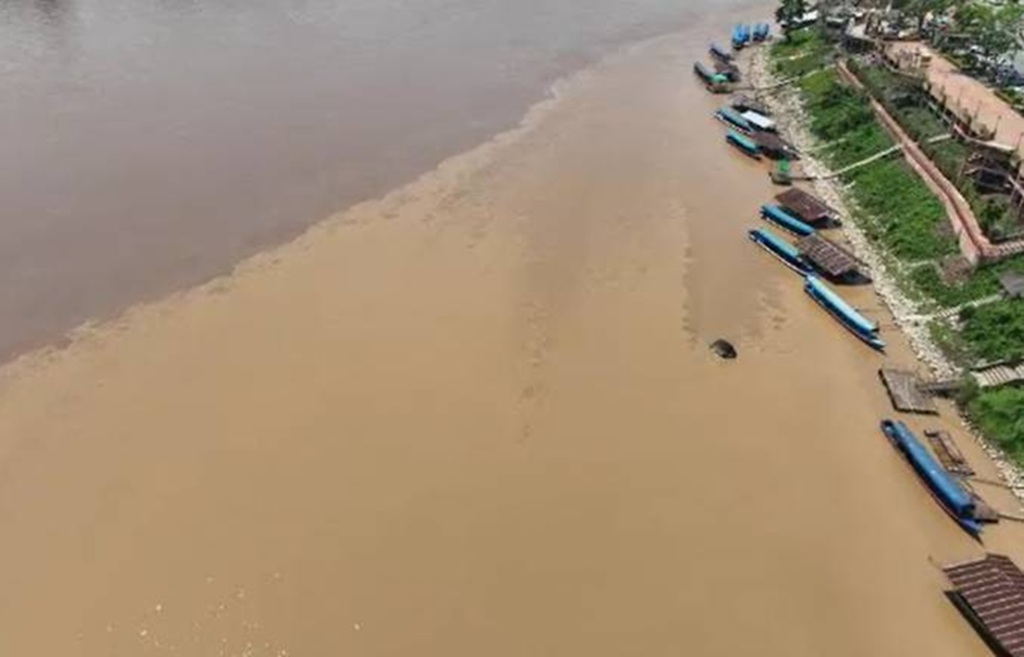
Need for Regional Cooperation
The heart of the problem is in Myanmar, where years of conflict and weak leadership have let mining go unchecked. The country’s junta relies on mining money but has little control over Shan State, leaving the UWSA to act on its own.
Chinese investors benefit from this situation and face no pressure to limit pollution. Penchom Saetang, director of the Ecological Restoration Foundation, explained, “Thailand can’t fix this by itself. We need talks with Myanmar and China, backed by solid evidence.”
Thai officials are stepping up. Chiang Rai Governor Charin Thongsuk has ordered more water and sediment tests, with plans to set up a heavy metal monitoring centre involving local universities.
The Royal Thai Army is building embankments along the Sai River to help control flooding, which spreads contaminated soil. The Ministry of Foreign Affairs has spoken with Myanmar’s ambassador, but progress has been slow. Phasakorn Boonyalak, who leads Thailand’s disaster agency, noted, “Myanmar is working on embankments, but they’re not doing enough dredging.”
Local groups, including the Living River Siam Association, want a cross-border panel to address pollution. Somkiat Khuanchiangsa calls for monthly water testing and talks among Thailand, Myanmar, China, and ethnic groups like the Wa. “Pollution needs to be traced back to the source. The mines must take responsibility,” he said.
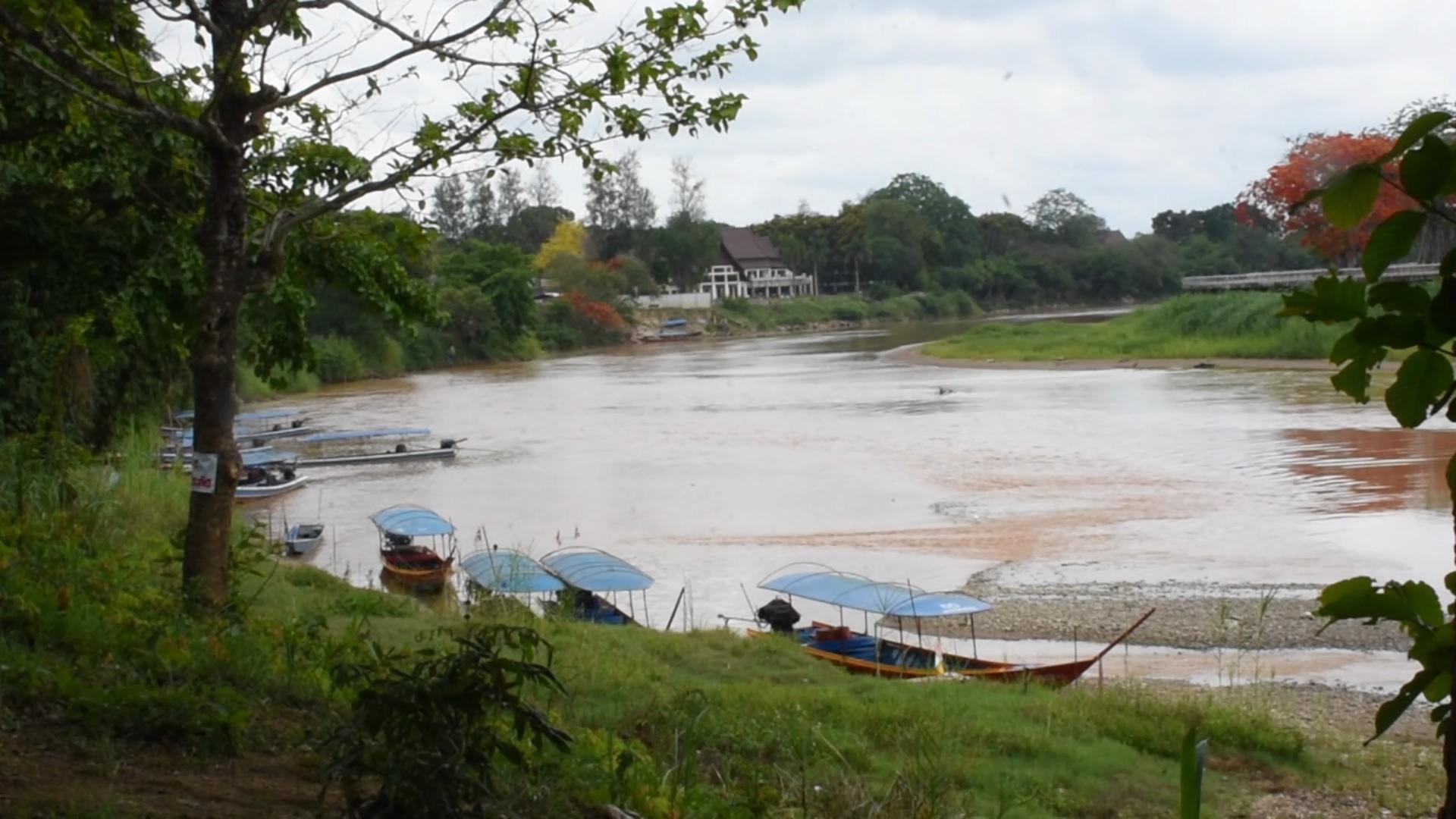
Mekong Basin Faces Uncertain Future
This crisis shows how fragile the Mekong Basin is. About 1.2 million people in Thailand and millions more in neighbouring countries depend on these rivers. Without quick action, Chiang Rai could become one of Thailand’s most polluted places, facing long-term damage to its economy, public health, and environment.
Associate Professor Sathian Chantha of Chiang Rai Rajabhat University put it simply, “This isn’t just about the Kok or Kham. Every Mekong community downstream is at risk.”
With the rainy season coming, people worry that floods will carry even more toxins downstream. For now, Chiang Rai’s residents wait, unsure if they can trust the river that once meant life and prosperity. The Kok and Kham, once symbols of plenty, now stand as a warning: when environmental care is ignored in one place, it can harm a whole region.




